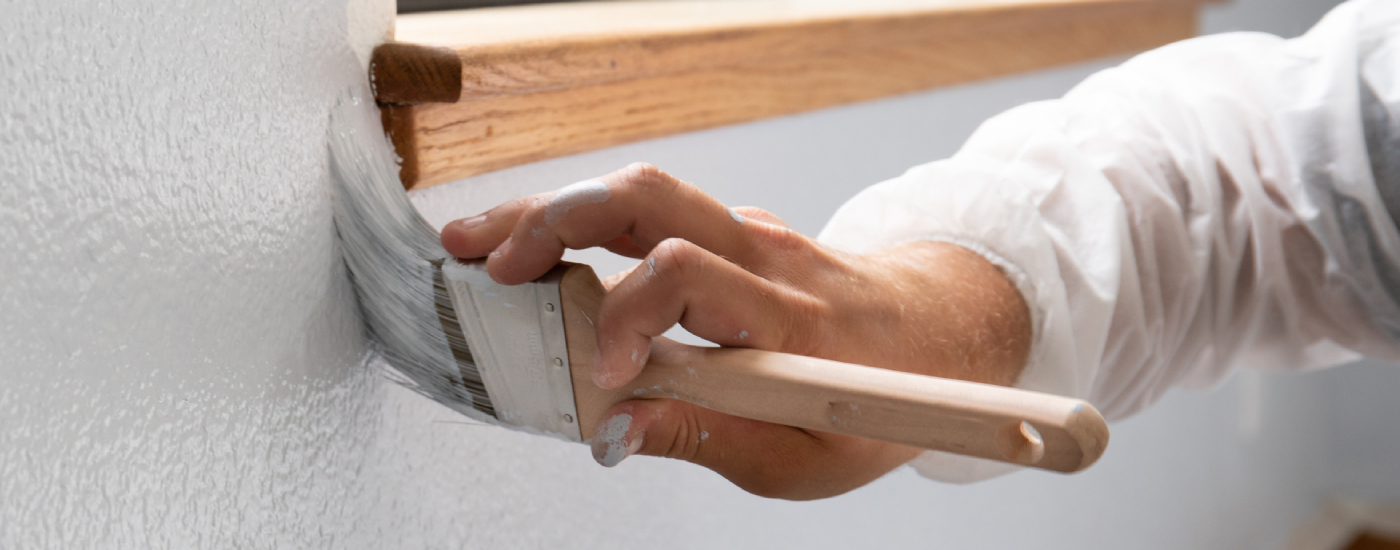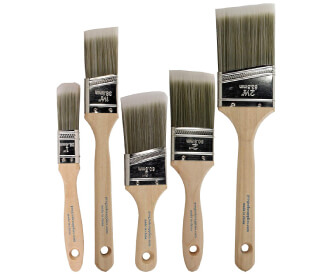The Best Painting Brushes
Expert BioExpert Bio
Paint can really liven up just about anything, but it’s the application process that adds the right finishing touch. Choosing a paint brush is a pivotal point in the painting process. The wrong one can turn a simple project into a disaster. We painted to our hearts’ content to ensure that we found the perfect paintbrush for every job.
Testing Categories
Reach
Paint brushes have a bad rap for leaving a mess when trying to reach into corners and edges, or around trims and ceilings. We tested each contender to ensure that they were easily maneuverable in those tight spaces, without leaking onto the other wall or being too tedious a task to deal with.
Coverage
This test doesn’t only take into account how much of the wall can be painted with a single fill up, as it also includes how evenly the paint is applied. We noticed that it wasn’t always the thickest brushes that had the highest quality coverage.
Grip
Painting can be enjoyable, but if it’s done for hours on end, it can become a real strain on your hands and wrists. We sifted through the numerous aches to find the brushes with just the right level of comfort.
Bristles
Not only do bristles contribute to how much paint can be held on each refill, they also determine the overall quality of your coat. If the brushes are poorly made, it can also cause blemishes on your finish.
All Our Picks
Tips for Choosing a Great Paint Brush
When searching for the right brush to start your project, there are a few key elements to look for before purchasing one. When it comes to a general brush that will help tackle just about any job, look for one that is around 2 and a half inches wide. The sash brush is the one that is most widely used, due to its angled bristles, making it ideal for straight lines and cutting in.
The material of the bristles does matter, and depending on the type of paint you are using, latex is the most common. Choose a soft nylon or nylon/polyester combo, as they work best, especially with latex based paints. Try to stay away from natural bristle brushes when working with latex, because they have a tendency to soak up water inside the paint and go limp. Speaking of bristles, these characteristics mark the ideal candidates:
- Dense brushes make for even better coverage.
- The brush should feel solid all the way through and bristles should be springy when bent at the bottom.
- A variety of lengths in bristles allows for a slim tip, which can make straighter, more clean lines.
- Look for tips that appear to have split ends, as they tend to hold a larger amount of paint.
A Note About Safety and Storage
If you want to reuse your paint brushes, ensure they are properly cleaned before storing them to preserve the quality of the bristles. Most paint can be washed off just by running the brush under a cool to lukewarm tap. If using latex-based paint, you will need soap as well to wash away the greasy feel.
Safe disposal of paint is an important part of the cleaning process. It is only safe to clean your brushes in a sink or tub if your home runs on a public sewage system. Do not dump outside or anywhere that may lead to seeping into groundwater.
Solvents like paint thinner should only be used sparingly on oil based paint when needed. Use small amounts at a time, and try not to leave open containers full of thinner.
Tip: If you are only taking a short break from your project, you can wrap your brushes in a plastic grocery sack or storage bag and put them in a cool place until you are ready to continue working.





